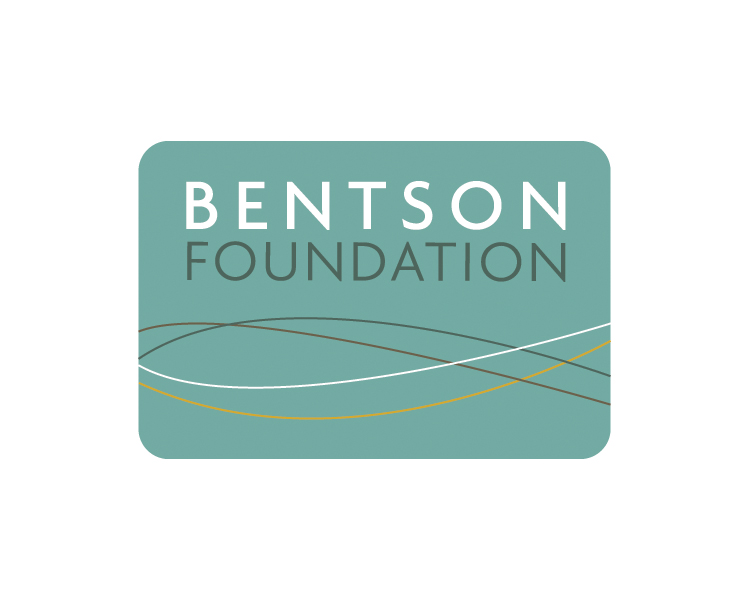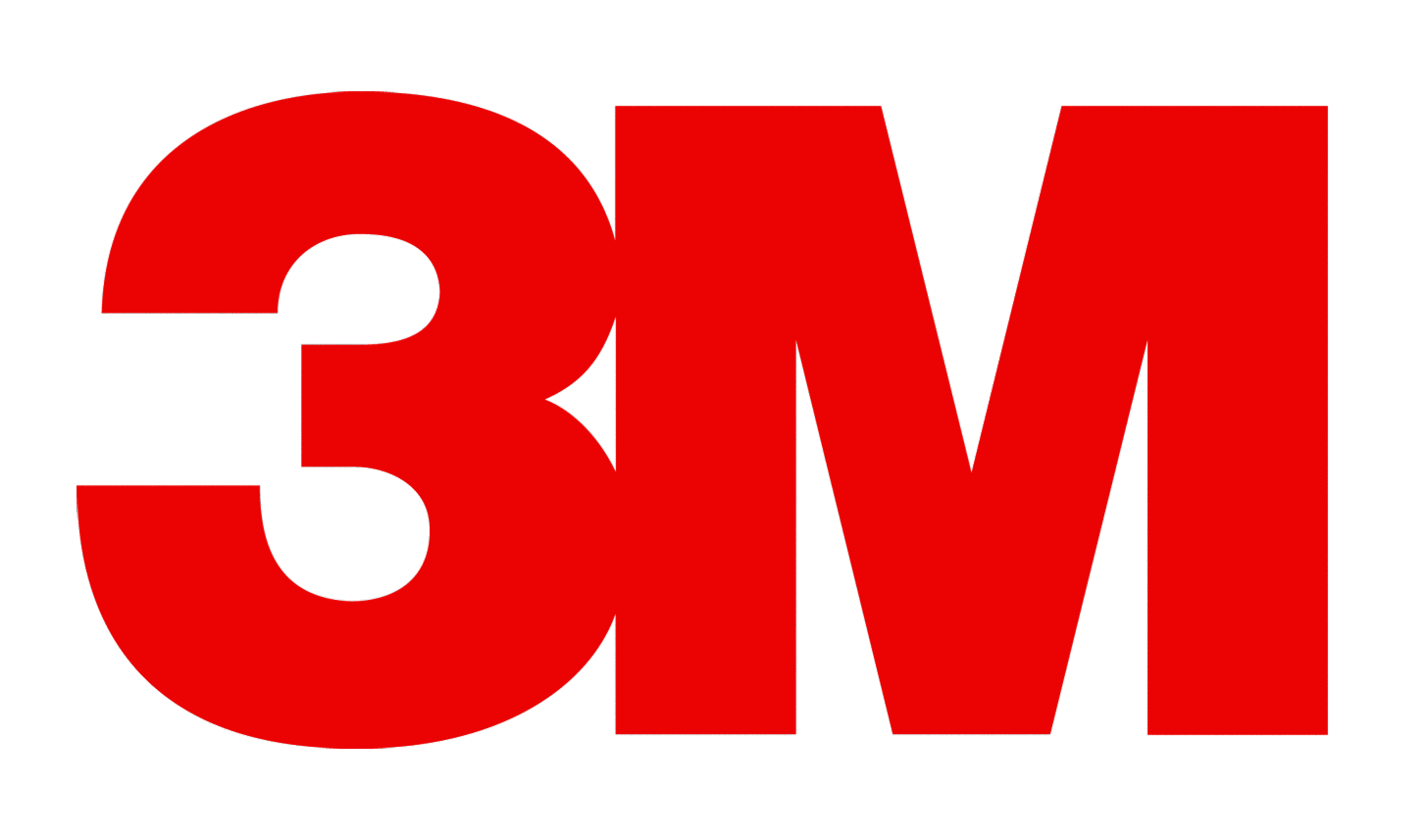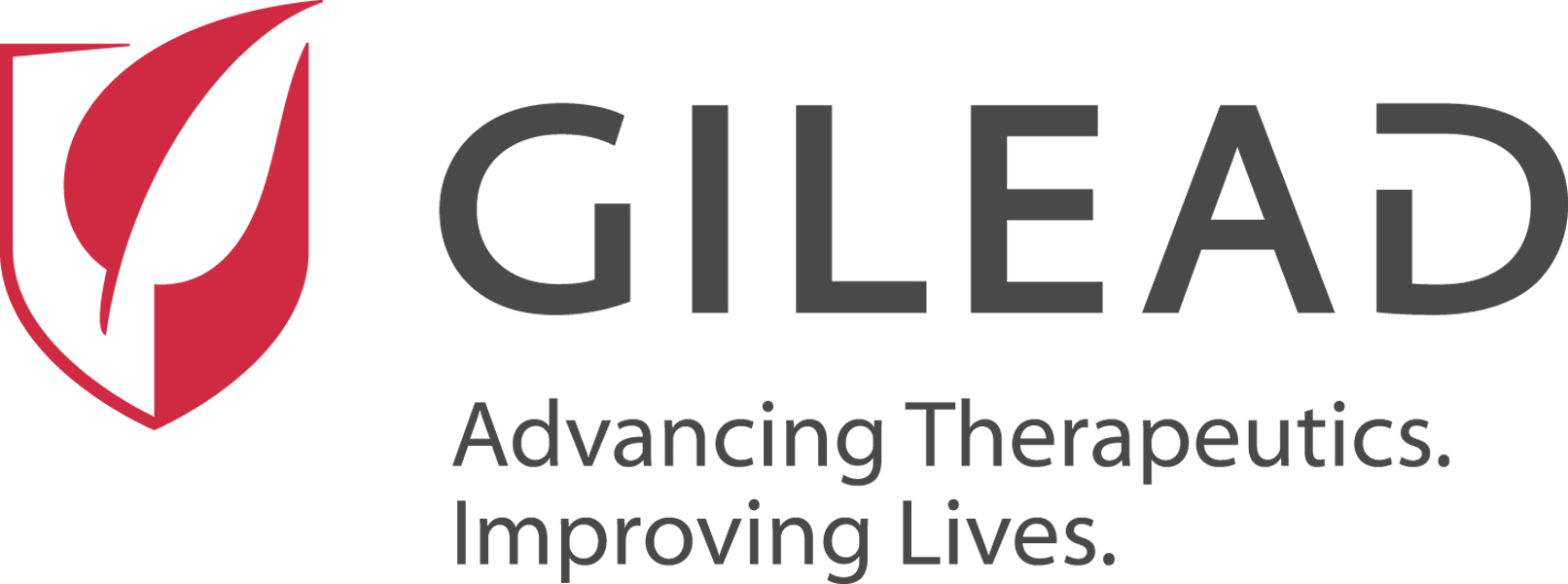Moderna today said both versions of its updated booster shots against Omicron variants—one that targets BA.1 and the other geared toward BA.4/5—prompts a better antibody response than its original vaccine when used as a booster.
Earlier this month, Pfizer and BioNTech released similar findings for their updated booster that targets Omicron BA.4/5. Also, Moderna's new findings build on recent data published in the New England Journal of Medicine that showed the BA.1 booster triggered a better immune response against multiple Omicron variants when compared to the original monovalent vaccine when used as a booster.
The United States uses updated mRNA boosters that target BA.4/5. However, some European countries use the BA.1 version, which arrived on the market first, for their fall booster campaigns.
Stong immune responses
Moderna tested its two updated bivalent boosters in a phase 2/3 trial that included 511 previously vaccinated and boosted adults ages 19 to 89. For the study, researchers examined how well the two different boosters neutralized SARS-CoV-2. For BA.4 and BA.5.
The company's BA.4/5 booster induced significantly higher neutralizing antibodies against BA.4 and BA.5 when compared to monovalent booster. In a subset of about 40 participants, both of the bivalent vaccines showed robust activity against BQ.1.1, one of the subvariants gaining a foothold in both Europe and the United States.
For the BA.1 version of the vaccine, response against Omicron persisted for at least 3 months.
When the team looked at adverse reactions, they found that frequency for both versions of the bivalent vaccine was similar or lower than a second or third dose of the original vaccine.
Steady shift in US variant proportions
The Centers for Disease Control and Prevention (CDC) latest variant proportion estimates show that BA.5 levels continue to drop off, with newer Omicron subvariants on the rise.
As of Nov 12, BA.5 made up 29.7% of sequenced samples, down from 41.1% the previous week. Meanwhile, BQ.1 proportions increased from 16.1% to 20.1% and BQ.1.1 levels increased from 16.5% to 24.1%. BQ.1 and BQ.1.1 are BA.5 subvariants and may have a growth advantage over other Omicron lineages.
Another subvariant that rose was BN.1, up from 3% to 4.3% last week.
In other US developments, the Biden administration is working on a $10 billion request to Congress to free up $10 billion in public health funding by the end of the year, the Washington Post reported today. About $8.25 would be earmarked for next generation coronavirus vaccines and treatments, with $2 billion for the global COVID response and $750,000 for other diseases, such as hepatitis C and monkeypox.
The request reflects a scale-back from the $15 billion to $20 billion in pandemic funding that the Biden administration had originally targeted.



















